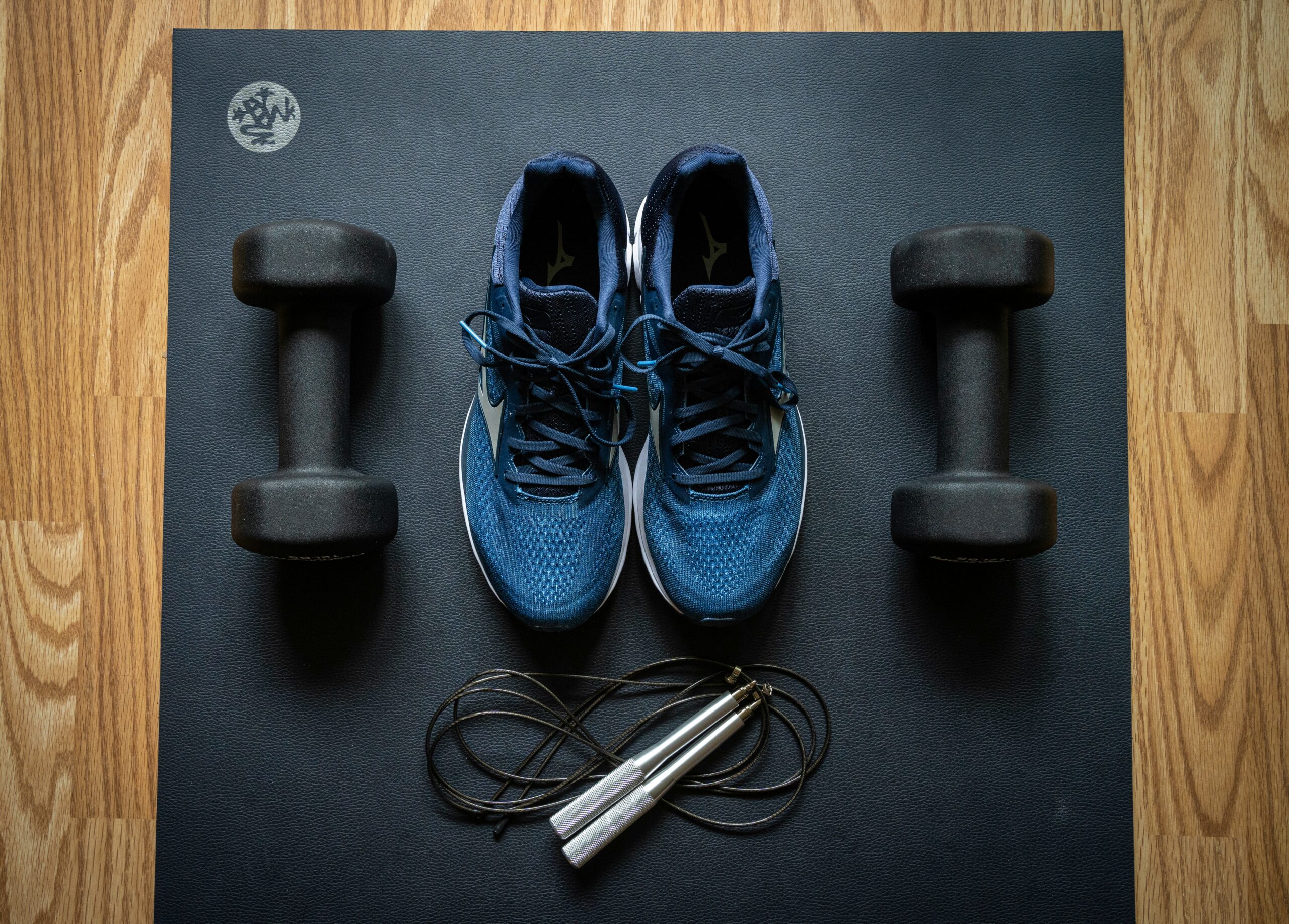Strength training alone doesn’t always transfer to sports performance. You need strength-speed—the ability to produce force quickly. This is what helps you accelerate past defenders, jump higher for rebounds, or maintain speed through contact.
Most athletes train strength and speed separately. They lift heavy weights slowly, then do speed work without any resistance. But sports require both at the same time. Circuit training combines resistance exercises with explosive movements so you develop strength and speed together in patterns your body uses during games.
Key Exercises for Strength-Speed Circuits
Medicine Ball Slams
Hold a medicine ball overhead and slam it down as hard as you can. Use your whole body—core, shoulders, arms. Pick it up and do it again immediately. This trains explosive power through your core and arms. It’s like training for any sport movement where you need to generate force quickly—throwing, spiking, pushing off opponents. Use a 6-12 pound ball and focus on maximum effort every rep. Keep it between 3-6 reps per set. You’re training power, not getting tired.
Trap Bar Deadlift Jumps
Load a trap bar with 30-50% of what you normally deadlift. Do the lift, but explode into a jump at the top. Land softly and reset. This combines the strength from deadlifts with explosive jumping. It teaches your legs and hips to produce maximum force quickly—exactly what you need for sprinting and jumping in games. Start light and jump as high as possible each rep. If you can’t jump explosively, the weight is too heavy.
Sled Push or Pull Sprints
Load a sled with moderate weight and sprint 20-30 yards. For pushes, stay low and drive with your legs. For pulls, keep good running form while fighting the resistance. Sled work makes your normal sprinting stronger by adding resistance to the exact movement you do in games. It builds leg drive and the ability to maintain speed when things get tough. Pick weight that slows you down but doesn’t break your running form. You should still look like you’re sprinting, just working harder.
Plyometric Push-Ups
Do a push-up, but explode up so your hands leave the ground. Land softly and go right into the next one. This builds the rapid force you need for quick upper body movements—throwing, blocking, or any explosive arm action in sports. If you can’t get your hands off the ground, try doing them on a bench. Focus on the explosive push-off, not just getting through the reps.
Training Guidelines
- Keep reps low: 3-6 per exercise. More reps turns this into conditioning, which isn’t the point here. You want maximum force on every rep.
- Rest completely between exercises: If you’re breathing hard, you won’t be able to produce maximum force on the next movement.
- Focus on perfect form with maximum effort: One perfect rep beats three sloppy ones every time.
Example Strength-Speed Circuit Workout
Round 1: Total Body Power
Medicine Ball Slams –
- 5 reps at max effort
- Rest 60 seconds
Sled Push Sprints –
- 20 yards at max speed
- Rest 60 seconds
Plyometric Push-Ups –
- 4-6 explosive reps
- Rest 2-3 minutes before Round 2
This hits your core, legs, and upper body with different explosive movements. The variety prevents overuse while building power everywhere.
Round 2: Lower Body Drive and Rotation
Trap Bar Deadlift Jumps –
- 4 reps, jump as high as possible
- Rest 60 seconds
Bounding –
- 6-8 bounds, focus on distance per bound
- Rest 60 seconds
Medicine Ball Rotational Throws –
- 5 throws each direction
- Rest 2-3 minutes before repeating
This round focuses on lower body power and rotational strength for sports that require direction changes and turning movements.
Workout Structure
Do 3-4 total rounds depending on your experience. Beginners start with 3 rounds and focus on learning proper technique. Advanced athletes can do 4 rounds but never sacrifice quality for volume.
Track your performance—jump height, sprint times, throwing distance—to measure your improvement.
Tips for Safe and Effective Training
Warm Up Properly
Spend 15-20 minutes on dynamic warm-up including leg swings, arm circles, high knees, and light jogging.Include activation exercises for your glutes and core since these muscles prevent injuries during explosive movements.Build up gradually from slow to fast during your warm-up. Your nervous system needs time to get ready.
Master the Movement First
Poor technique with maximum effort leads to injuries fast. Learn each movement with bodyweight or light loads before adding resistance or trying to go faster.If your technique breaks down during a workout, reduce the intensity or stop. Training explosive movements with poor form can lead to preventable injuries and an extended recovery process.
Recovery Matters
Strength-speed training is harder on your nervous system than regular lifting. Schedule these workouts with at least 48 hours between sessions.Two strength-speed sessions per week is plenty for most athletes. More than that isn’t advisable. If you feel sluggish or can’t produce normal power, take an extra rest day. Recovery is a crucial part of the workout process.
Conclusion
Strength-speed circuits turn gym strength into game power by training your body to produce force quickly in movements that matter for sports. The mix of explosive lifts, sprints, and jumps develops the type of power that shows up in games.
The approach matters—maximum effort on every rep, proper rest between exercises, and quality over quantity. Stay consistent with these circuits and you’ll improve your acceleration, jumping, and overall explosiveness. The performance gains are real for athletes who train with purpose.
If you want personalized programming and expert guidance for your power development, Athletes Untapped connects athletes with specialized coaches who understand sport-specific strength-speed training. Browse our performance experts who can design circuits for your sport, position, and goals—turning your training from generic workouts into a targeted system for better performance.




